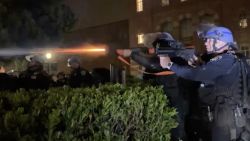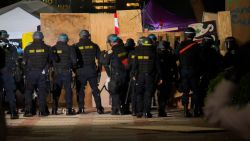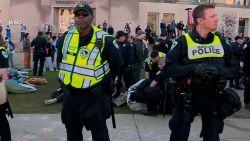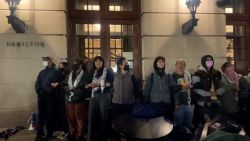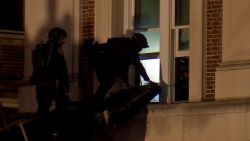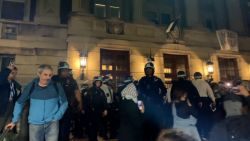President Trump is planning to head to South Dakota on Friday for an early Fourth of July celebration. The function will include a fireworks show over Mount Rushmore, which has not been done in a decade.
The event has already faced criticism for the risks it carries during a pandemic. Governor Kristi Noem told Fox News that there will be no social distancing enforced at the holiday event, citing an emphasis on “personal responsibility” to keep people safe.
The risks of the event reach beyond public health. Mount Rushmore has not seen fireworks in 10 years because the ecology of the area makes it easily susceptible to wildfires.
The surrounding area, Black Hills National Forest, contains large populations of Ponderosa pine trees. Ponderosas are undergoing an infestation of pine beetles, which kill trees and create forests full of fire kindling.
According to the National Park Service, “Ponderosa pine is highly flammable and burns with great intensity and severity in the summer season in a typical dry year.” Intensity measures fire output and severity measures the impact of a fire on the surrounding ecology.
Former wildland firefighter, Bill Gabbert, said he’s concerned about a lack of transparency about the trees’ safety.
“For years South Dakota state Incident Commanders and local public information personnel have been the primary distributors of information about developing fires being fought by state personnel,” he said, but that information distribution appears to have slowed.
One valuable piece of data is the probability of ignition, a number calculated from shading, temperature, and dryness values. The higher the number, the greater the risk for fire. “The probability of ignition is not a political issue, it is science. A PI higher than 10% could put the public and the natural resources at risk.”
Pine beetle infestations are made more dangerous when combined weather conditions that feed wildfires.
“July can be a dry and hot time that leaves the forest around the monument vulnerable to wildfires,” said CNN meteorologist Brandon Miller.
“This year, the Black Hills Region in South Dakota is currently in a Moderate Drought, according to the US Drought Monitor, making the risk particularly high.”

The good news is that the weather may be somewhat cooperative. The National Weather Service is not planning to issue a “red-flag warning,” the agency’s signal for increased fire risk, this weekend.
A red-flag warning is triggered by wind gusts of over 25 mph, combined with humidity of 15% or less, according to Rapid City National Weather Service. This weekend is not expected to be that dry nor that windy.
In February, the National Park Service conducted its own survey of wildlife risks from fireworks, which informed its decision to proceed with the event this weekend.
The report does suggest risks from a dry environment. “A wildfire in a dry year would be more likely to result in a high-consequence fire burning” in the areas around the memorial, said the NPS. Such a fire could last for twelve hours, and the report details a line of decision-making to account for dry conditions.
The report emphasizes a low frequency of fires in the area, and the ability to contain fires if need be.
“A significant wildfire has not occurred in the area within and surrounding the Memorial in more than a century,” according to the NPS. “Previous fireworks displays resulted in 21 wildfire ignitions, which were quickly suppressed for safety and structural protection purposes.”
Like many national parks, both the Mount Rushmore Memorial and Black Hills National Park do not allow the burning of personal campfires, or the ignition of fireworks by visitors.







